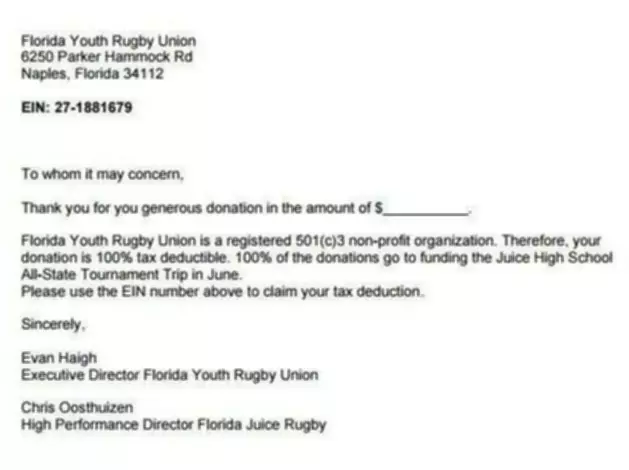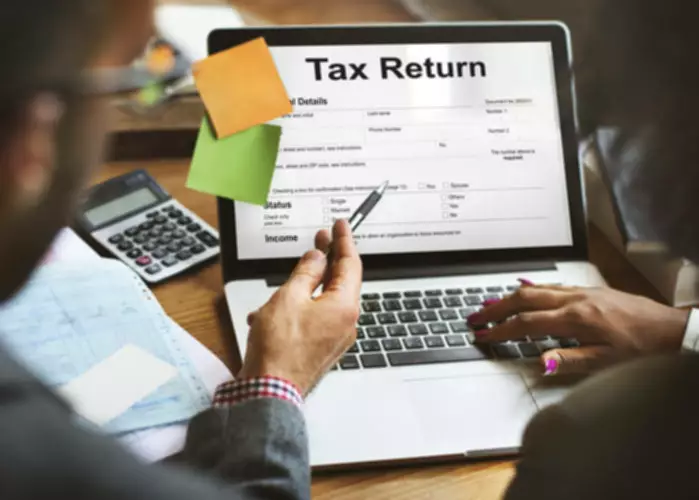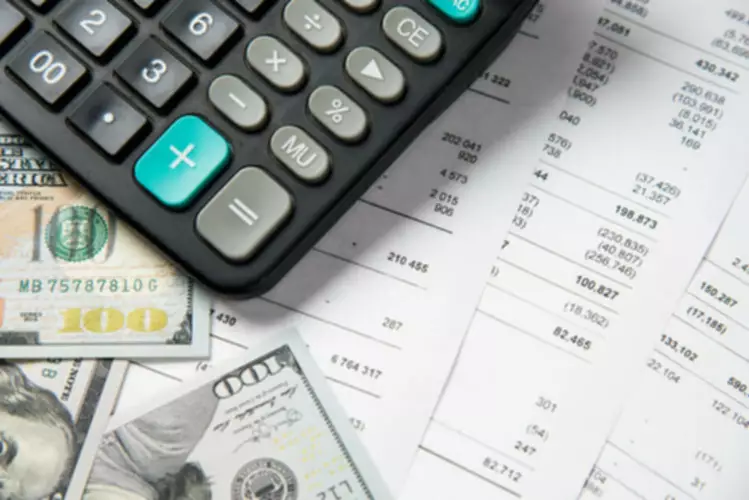Content

The balance sheet adheres to an equation that equates assets with the sum of liabilities and shareholder equity. The classified balance sheet aggregates balances into several categories. While these categories depend on the company management’s judgment, the goal is to make them more readable and accessible. Due to this approach, users can comprehend and extract information more easily. Primarily, the classified balance sheet provides organized details of the company’s operations compared to the typical balance sheet.
How is inventory reported on a classified balance sheet?
Inventory is an asset and its ending balance is reported in the current asset section of a company's balance sheet. Inventory is not an income statement account. However, the change in inventory is a component in the calculation of the Cost of Goods Sold, which is often presented on a company's income statement.
These include white papers, government data, original reporting, and interviews with industry experts. classified balance sheet We also reference original research from other reputable publishers where appropriate.
Types of Accounting Records
Without a look at the classified balance sheet, it would have been difficult to assess the company’s situation and determine the points of greatest concern. It’s important to thoroughly prepare each step as this will determine how useful the classified balance sheet is for readers of the statement. A failure to properly analyze and define the categories, for example, would result in a less than optimal statement. The improper categorization of accounts would render the statement useless. Care must be taken to avoid these situations and provide the most useful statement possible to the interested parties. It is worthy of note that intangible assets can only be placed on a balance sheet if they were acquired from a different company or entity. If they were created within the company, then they are not allowed on the balance sheet and must be expense per the rules established by the Financial Accounting Standards Board.
- Among these, the balance sheet presents the assets and liabilities balances that companies own or owe.
- A classified balance sheet separates both the assets and liabilities of your company into current and long-term classes.
- The classification process provides additional details about the net worth and liquidity of your business.
- She has taught English and Business English to university students in Mexico, China and Brazil.
- Current liabilities are those expenses that will become due within one year.
- The category includes 12 months of principal on notes payable; your accounts, salaries and interest payables; accrued liabilities; client retainers or deposits; and unearned revenue.
A classified balance sheet is a financial statement that separates a company’s assets and liabilities into different categories. This allows investors, creditors, and other interested parties to quickly see how much debt the company has its liquidity position and the value of its assets. The most common classifications are current assets, fixed assets, intangible assets, and shareholders’ equity. A classified balance sheet is one that categorizes line items by predetermined criteria. Usually, assets are categorized in order of liquidity and liabilities by their due date.
What are the common balance sheet classifications?
Construction Budget TemplateManaging your construction budget has never been easier. Avoid budget overruns with Jotform’s free online Construction Budget Template. Cash flow is the net amount of cash and cash equivalents being transferred into and out of a business. Given below is an example of a typical classified balance sheet. However, decreasing order of liquidity will be used in GAAP US, and increasing order of liquidity is used in IFRS format. There are many benefits of using a classified balance sheet over a simple one.

Financial statements are written records that convey the business activities and the financial performance of a company. Long-term investments are securities that will not or cannot be liquidated in the next year. That’s because a company has to pay for all the things it owns by either borrowing money or taking it from investors . The balance sheet provides an overview of the state of a company’s finances at a moment in time.
How to use the accounting equation with classified balance sheets
Retained earnings are the net earnings a company either reinvests in the business or uses to pay off debt. The remaining amount is distributed to shareholders in the form of dividends. Accounts payable is often the most common current liability. Accounts payable is debt obligations on invoices processed as part of the operation of a business that are often due within 30 days of receipt. Current portion of long-term debt is the portion of a long-term debt due within the next 12 months. For example, if a company has a 10 years left on a loan to pay for its warehouse, 1 year is a current liability and 9 years is a long-term liability. Cash and cash equivalents are the most liquid assets and can include Treasury bills and short-term certificates of deposit, as well as hard currency.
- This portion of the Balance sheet displays the owners’ investment, other reserves and the amount of accumulated profits or losses.
- The broader headings are broken down into simpler, smaller headings for better readability of the annual accounts.
- You can learn more about the standards we follow in producing accurate, unbiased content in oureditorial policy.
- These detailed balance sheets can be prepared in both formats of reporting, either IFRS or GAAP US.
- Any amounts due after that period of time would be shown as a long-term liability.
A classified balance sheet reports an entity’s assets, liabilities, and equity into “classified” subcategories of accounts. Find the total shareholders’ equity on the balance sheet, including capital, retained earnings and additional paid in capital.
Notes to the Financial Statements
Whatever system of classification is used should be applied on a consistent basis, so that balance sheet information is comparable over multiple reporting periods. Liabilities payable within a short period of quickly changeable are called current liabilities. Cash means cash in hand and cash at the bank which is used for current operating purposes; such as deposits into saving account and current account.
- This means that the balance sheet should always balance, hence the name.
- With a sole proprietor, the category would contain just the owner’s equity.
- Perhaps they lack the ideas and skill to grow the company more robustly.
- Besides timing, this figure reconciles differences between requirements for financial reporting and the way tax is assessed, such as depreciation calculations.
- Whatever system of classification is used should be applied on a consistent basis, so that balance sheet information is comparable over multiple reporting periods.
- Using the accounting equation with a classified balance sheet is a straightforward process.
In other words, equity items are presented before the presentation of liabilities (both long & short term). Vacation Budget Planner TemplateKeep your vacation budget with a free online Vacation Budget Planner Template. Personal Budget TemplateManage your finances with this free online budget template. Monthly Budget TemplateTrack your monthly expenses with Jotform’s free online Monthly Budget Template. Liabilities – Current liabilities, long term liabilities and shareholder’s equity.
Intangible assets
This article will walk through a classified balance sheet format, benefits of the classified balance sheet, formating, and general classifications included. Whichever type of balance sheet is adopted by a business or individual, the usefulness of the balance sheet for financial analysis is undeniable. The classified balance sheet is the most commonly used type of balance sheet. It https://www.bookstime.com/ helps the investors understand how the company is performing and the position of various assets and liabilities. Current liabilities generally include debts that will be due within a year of the classified balance sheet’s date or within its operating cycle. The assets section will typically contain three common subsections, which are current assets, fixed assets, and other assets.
These three ratios are difficult to mine from a regular balance sheet and investors and financial analysts appreciate being able to easily access the information from a classified balance sheet. Many financial ratios use information from the balance sheet to analyze the company’s situation.
How to Use Accounting Equation with Classified Balance Sheets?
Continuing with Bob and his donut shop example, we can see how his traditional balance sheet and his classified balance sheet would look at the end of his financial period, i.e. month-end. Classify the accounts – Once the categories have been established, all of the balance sheet accounts must be categorized into their proper place. Improper categorizations would render the statement useless to readers. With assets complete, you’ll move on to your liabilities. Balance sheet liabilities, like assets have been categorized into Current Liabilities and Long-Term Liabilities. Once your balances have been added to the correct categories, you’ll add the subtotals to arrive at your total liabilities, which are $150,000. There’s no standardized set of subcategories or required amount that must be used.

Determine the company’s liquidity position by understanding the level of current assets available to meet the current liabilities. Long-term assets will generally be depreciated over a period of time, and to account for this, they will be reported with the original cost and then the corresponding accumulated depreciation.